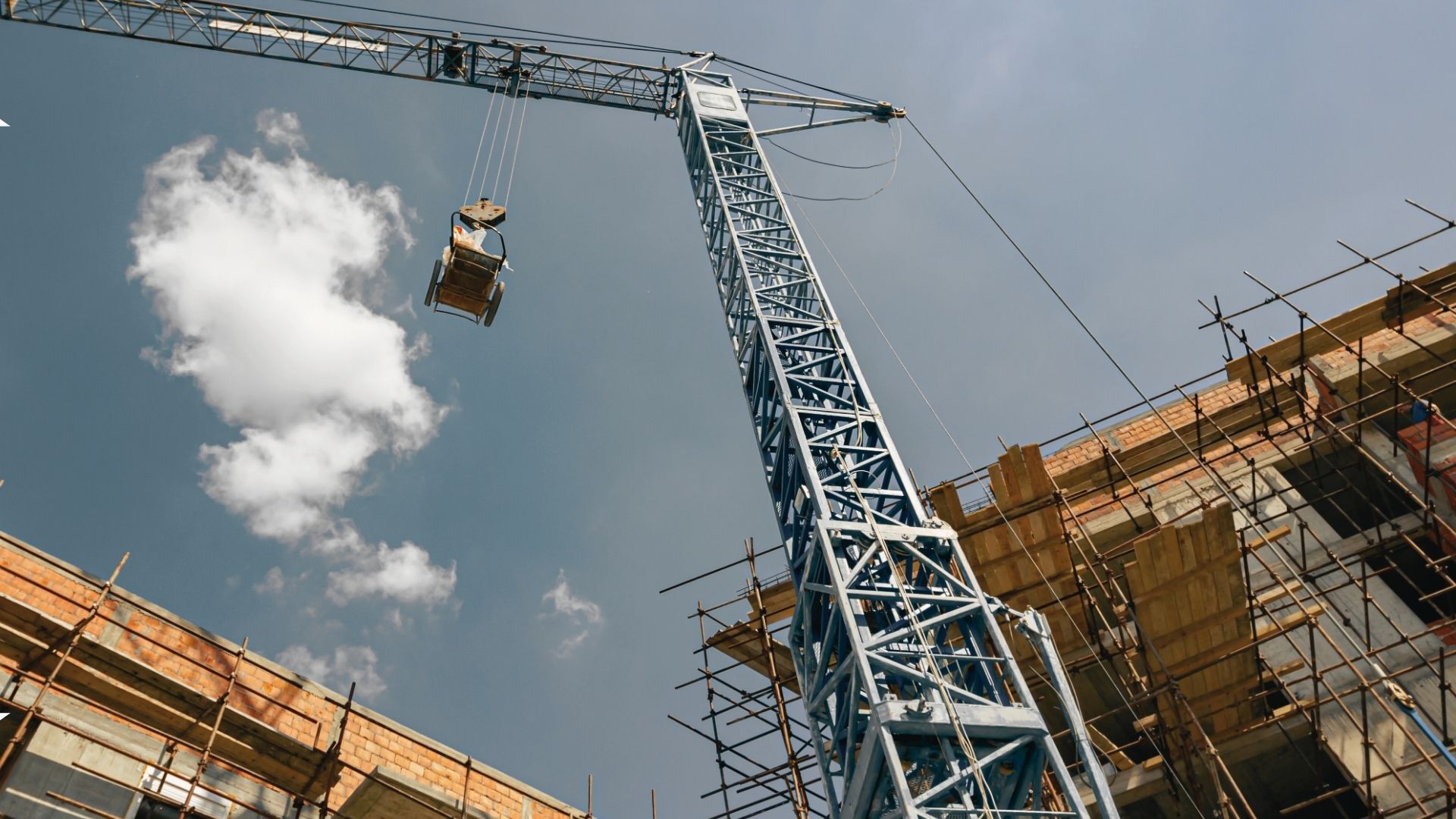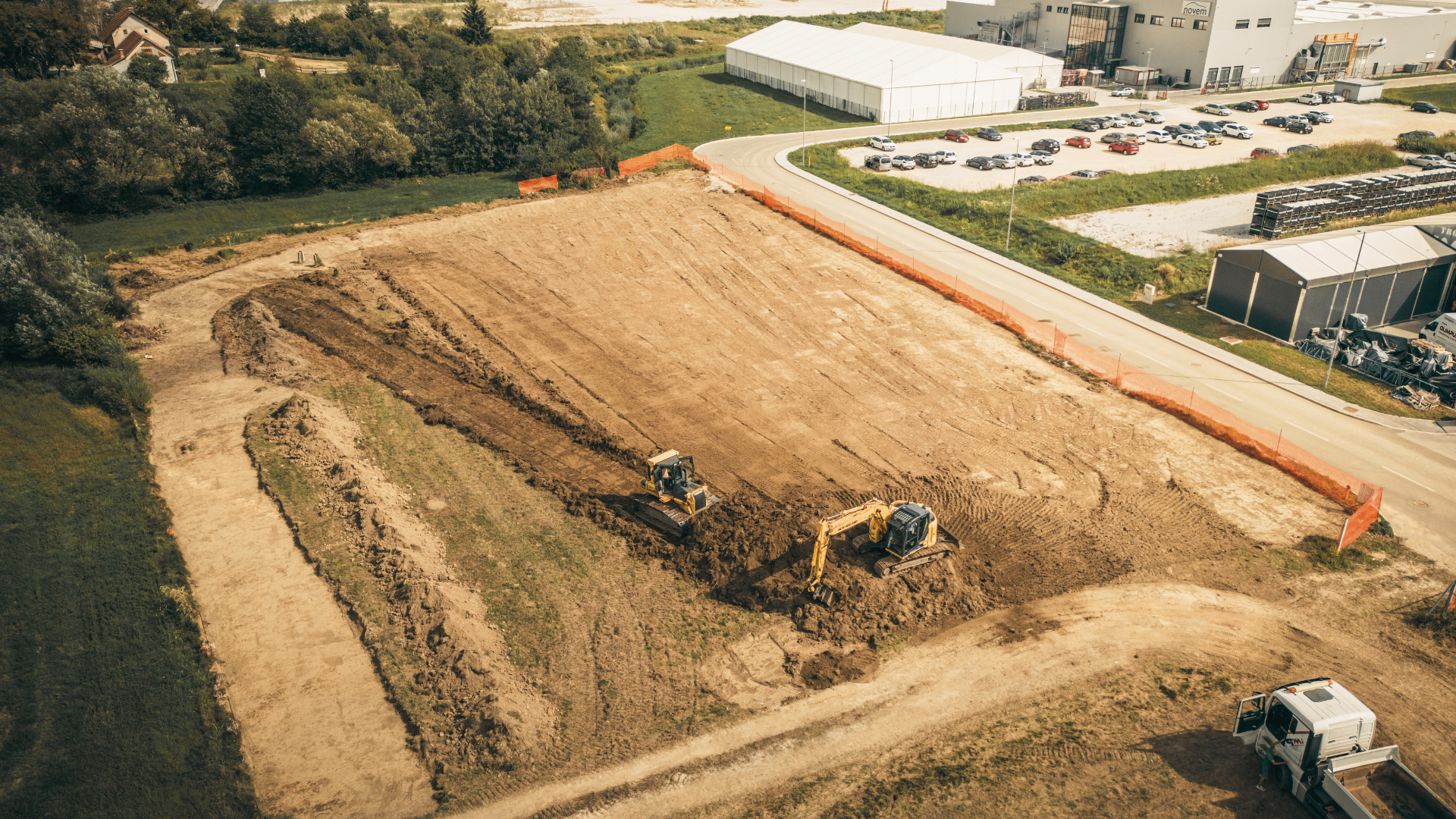Policy, Pipeline, and Profitability
This edition of The Pulse examines a NSW construction landscape defined by a powerful government push for housing supply, a growing pipeline of major infrastructure projects, and the rapid emergence of high-tech construction sectors.
Overview
The state government is aggressively pursuing housing targets through regulatory reforms like the "pattern book" for faster approvals [2, 4], yet these initiatives face significant headwinds from rising construction costs, community opposition to density, and questions around genuine affordability [10, 13]. Simultaneously, multi-billion-dollar investments in transport infrastructure are creating unprecedented opportunities for contractors and driving a strategic focus on strengthening local supply chains [15, 18].
Beneath this, a boom in data centre and clean energy projects is reshaping the market, introducing immense opportunities alongside unique risks related to grid stability and the necessity of securing a social licence to operate [11, 8]. For industry professionals, navigating this complex environment requires a keen understanding of shifting planning laws, robust risk management, and the commercial realities of delivering projects amidst these competing forces.
Housing Policy in Flux: The Drive for Supply vs. The Affordability Debate
The NSW government is implementing sweeping reforms to accelerate housing delivery, but the industry is grappling with the practical and commercial fallout. A flagship initiative is the new "pattern book," which offers pre-approved, low-rise housing designs for as little as $1, promising to slash approval times to just 10 days [2, 4]. This is a direct attempt to cut "red tape" and address a forecast shortfall in meeting the state's target of 377,000 new homes by 2029 [4]. This top-down push for supply is also evident in the fast-tracking of "State Significant Projects" and rezoning around transport hubs, driving a wave of high-density, mixed-use developments in areas like North Sydney and Frenchs Forest [17, 5].
However, these policies are meeting resistance on multiple fronts. Critics argue that simply increasing supply does not guarantee affordability, pointing to construction costs that are 30.8% higher than pre-pandemic levels [10]. The Inner West Council’s draft LEP, for example, has been criticised for proposing developer contributions for affordable housing of just 2-5%, far below the 30-50% seen in other global cities [10].
Furthermore, the $10 billion federal Housing Australia Future Fund, intended to deliver 30,000 social and affordable homes, is reportedly proving "problematic" in its implementation [12]. This tension is acute at the local level, where communities are challenging developments on environmental grounds, such as the proposed 300-home Saltwood @ Kinvara project on a flood-prone site in Lennox Head [13].
Infrastructure Boom: Major Projects Reshape NSW and Bolster Local Supply Chains
A massive pipeline of government-funded infrastructure projects is creating a period of significant opportunity for the NSW construction sector, with a clear strategic emphasis on building domestic manufacturing capability. Transport for NSW is calling for experienced contractors for a $2.24 billion suite of major road upgrades in Western Sydney, including Elizabeth Drive ($800 million), Mamre Road Stage 2 ($1 billion), and Garfield Road East ($440 million), all designed to support the new international airport and growing employment zones [7, 15].
Progress on other major projects is also strong, with the 14-kilometre Coffs Harbour bypass reportedly ahead of schedule and on track to open by the end of 2026 [14]. A key trend emerging from this boom is the onshoring of the supply chain. To support the $4.2 billion Western Harbour Tunnel Project, a new precast concrete factory has opened in Emu Plains, creating approximately 700 local manufacturing jobs to produce over 13,000 tunnel segments [18]. This move strengthens the domestic supply chain and mitigates risks associated with international procurement.
This large-scale state investment is mirrored at the local government level, with bodies like Ballina Shire Council adopting substantial capital works programs, such as its $130 million plan for roads, bridges, and utilities [1]. However, a looming challenge is the historical underinvestment in critical assets like water and wastewater infrastructure, which will require serious future investment to support Sydney's growth [9].
The New Frontier: Data Centre and Clean Energy Growth Presents Unique Risks
Two specialised construction sectors - data centres and clean energy - are experiencing explosive growth, presenting a new frontier of opportunity coupled with unique commercial and regulatory risks. Australia's data centre capacity is forecast to more than double from 2180 MW to over 5000 MW by 2029/30, driven by AI demand and massive investments from Amazon ($20 billion) and Microsoft ($5 billion) [11].
This boom is heavily concentrated in NSW, with Sydney's Blacktown and Ryde regions becoming major hubs for large "campus-style" developments, such as Macquarie Technology Group's planned 150 MW campus [11, 16]. While this creates a robust pipeline, the sector's viability is threatened by its immense electricity requirements and the stability of a grid in transition [11].
Simultaneously, the clean energy sector is poised for major expansion. The Illawarra's Clean Energy Roadmap forecasts up to $15 billion in investment and 15,000 jobs in green hydrogen, offshore wind, and battery storage [3]. However, the commercial viability of these projects often hinges on significant government support, as seen with Orica's $600 million green hydrogen project in Newcastle, which relies on over $540 million in public funding and credits [6]. A critical, non-financial risk is securing a "social licence to operate." A new guide for benefit-sharing in Renewable Energy Zones (REZs) highlights the growing expectation for developers to invest in host communities, with programs potentially unlocking over $200 million for local infrastructure by 2030 [8].
Takeaways
Navigating Accelerated Planning Pathways and Development Contributions
The NSW Government's "pattern book" initiative [2, 4] and the fast-tracking of "State Significant Projects" [17] represent a significant shift in the planning landscape under the Environmental Planning and Assessment Act 1979 (NSW). For developers and builders, these accelerated pathways offer the potential to reduce holding costs and expedite project commencement. However, this speed comes with heightened scrutiny on compliance and quality.
Furthermore, as local councils like the Inner West face pressure to meet housing targets, the negotiation of developer contributions for affordable housing and local infrastructure becomes a critical commercial and legal battleground [10]. Developers must be prepared for robust negotiations on these contributions, as councils may seek to offset the impacts of increased density. Proactively engaging with planning authorities and demonstrating how a project aligns with both state supply objectives and local community needs will be crucial for navigating this evolving regulatory environment.
Social Licence and Community Benefit Sharing in Major Projects
The launch of a "Benefits sharing guide" for Renewable Energy Zones (REZs) [8] formalises a concept that is becoming a de facto requirement for all major projects in NSW: securing a social licence to operate. While not yet a codified law, the expectation that developers will share the benefits of their projects with host communities is a powerful force influencing project approvals and timelines.
For proponents of large-scale energy [3], infrastructure [14], or residential projects [13], failing to engage genuinely with local communities and First Nations groups can lead to organised opposition and significant project delays. The guide's principles - pooling resources for long-term community investment in housing or services - offer a strategic framework. Contractors and developers should now treat community engagement and benefit-sharing not as a compliance checkbox, but as a core project risk mitigation strategy, factoring it into budgets and timelines from the outset.
Final Thoughts
The NSW construction industry is at a dynamic inflection point. The opportunities presented by unprecedented government investment in housing and infrastructure are clear and substantial. However, success is no longer just about delivering on time and on budget. The landscape is increasingly shaped by complex regulatory cross-currents, from fast-tracked planning laws to intense community and environmental scrutiny.
The rise of new sectors like data centres and renewables introduces novel risks tied to energy security and social licence. Professionals who thrive will be those who can adeptly navigate these complexities—balancing the government's push for supply with the market's demand for affordability, managing rising costs and supply chain pressures, and proactively mitigating legal, environmental, and community risks before they escalate.
[1]. Inside Local Government. (13 July 2025, 9:27am AEST). Ballina Shire adopts $130m capital spending plan. https://insidelocalgovernment.com.au/ballina-shire-adopts-130m-capital-spending-plan/
[2]. 7 News. (by Alex Mitchell 16 July 2025, 10:42am AEST). Government launches pre-approved house designs to boost new-builds in NSW. https://7news.com.au/news/pattern-book-house-plans-could-be-approved-in-10-days-c-19371623
[3]. The Illawarra Flame. (by Genevieve Swart 11 July 2025, 7:53pm AEST). Business Illawarra’s Clean Energy Roadmap to deliver ‘jobs here for our kids and our grandkids’. https://www.theillawarraflame.com.au/news/business-illawarras-clean-energy-roadmap-to-deliver-jobs-here-for-our-kids-and-our-grandkids
[4]. Hawkesbury Gazette. (by Alex Mitchell 16 July 2025, 10:06am AEST). 'Pattern book' house plans could be approved in 10 days. https://www.hawkesburygazette.com.au/story/9017263/pattern-book-house-plans-could-be-approved-in-10-days/
[5]. Nine News. (by Elizabeth Bryan 11 July 2025, 7:10pm AEST). Northern Sydney suburb transformed from brick pit to green space. https://www.9news.com.au/national/frenchs-forest-transformation/8de602d9-6d5c-4b0c-adb9-50bf2dc0862d
[6]. The Australian. (by JOHN DURIE 11 July 2025, 5:00pm AEST). The cosy European club that’s running the building trade. https://www.theaustralian.com.au/business/the-cosy-european-club-thats-running-the-building-trade/news-story/1a59c67497634954e4c9348a2670a6da?btr=eb515312c8cd7db17aa2574adcbe4a08
[7]. by Adam Daunt. (11 July 2025, 10:58am AEST). Experienced contractors wanted for three key NSW projects. https://www.quarrymagazine.com/experienced-contractors-wanted-for-three-key-nsw-projects/
[8]. by Ev Foley. (11 July 2025, 10:04am AEST). Benefits sharing guide launched for communities in renewable energy zones. https://www.pv-magazine-australia.com/2025/07/11/benefits-sharing-guide-launched-for-communities-in-renewable-energy-zones/
[9]. Brisbane Times. (by Adam Lovell 10 July 2025, 7:30pm AEST). Our water bills are too cheap – and we’ll soon pay dearly for that. https://www.brisbanetimes.com.au/national/nsw/our-water-bills-are-too-cheap-and-we-ll-soon-pay-dearly-for-that-20250710-p5mdyu.html
[10]. The Fifth Estate. (by Keren Lavelle). Marrickville’s ‘Fairer Future’ is not fair at all. https://thefifthestate.com.au/columns/spinifex/marrickvilles-fairer-future-is-not-fair-at-all/
[11]. PV Magazine. (by MacroMonitor). Australia’s data centre capacity forecast to pass 5,000 MW by 2029/30. https://www.pv-magazine-australia.com/press-releases/australias-data-centre-capacity-forecast-to-pass-5000-mw-by-2029-30/
[12]. Yahoo! News. (by Katrina Raynor, The University of Melbourne 15 July 2025, 1:29pm AEST). After a hopeful start, Labor’s affordable housing fund is proving problematic. https://au.news.yahoo.com/hopeful-start-labor-affordable-housing-032946790.html
[13]. Echo. (by Aslan Shand). Lennox residents say it’s ‘crazy’ to put 300 houses on flood area next to Ross Lane. https://www.echo.net.au/2025/07/lennox-residents-say-its-crazy-to-put-300-houses-on-flood-area-next-to-ross-lane/
[14]. Infrastructure. (by Kody Cook 15 July 2025, 9:00am AEST). The road ahead. https://infrastructuremagazine.com.au/the-road-ahead/
[15]. PS News. (15 July 2025, 8:11am AEST). NSW Government seeking contractors for massive road upgrades in Sydney's growing west. https://psnews.com.au/nsw-government-seeking-contractors-for-massive-road-upgrades-in-sydneys-growing-west/162819/
[16]. Techpartner.news. (by Jason Pollock 14 July 2025, 12:13pm AEST). Macquarie Technology Group to purchase land for new data centre campus. https://www.techpartner.news/news/macquarie-technology-group-secures-option-to-buy-sydney-land-for-data-centre-campus-618734
[17]. North Sydney Sun. (14 July 2025, 12:00pm AEST). WATCH: 4 projects that could change North Sydney’s skyline forever. https://northsydneysun.com.au/business-property/watch-4-projects-that-could-change-north-sydneys-skyline-forever/
[18]. @AuManufacturing. (by Staff Reporter 14 July 2025, 11:34am AEST). Factory to supply Western Harbour Tunnel Project opens at Emu Plains. https://www.aumanufacturing.com.au/factory-to-supply-western-harbour-tunnel-project-opens-at-emu-plains
The Pulse collates the latest news and opinions from third-party sources. Links, snippets or text are generated by an artificial intelligence engine. The Pulse aggregates news reports and does not claim to have copyright to the content. We have not fact-checked that content and cannot vouch for its accuracy or completeness. Nor do we endorse the opinions expressed by the authors or primary publishers. The content is provided as general information only and should not be relied on as a substitute for professional advice. You should contact the source to verify any factual content as well as taking specialist advice that takes your personal objectives and circumstances into account.
.jpg)



.png)
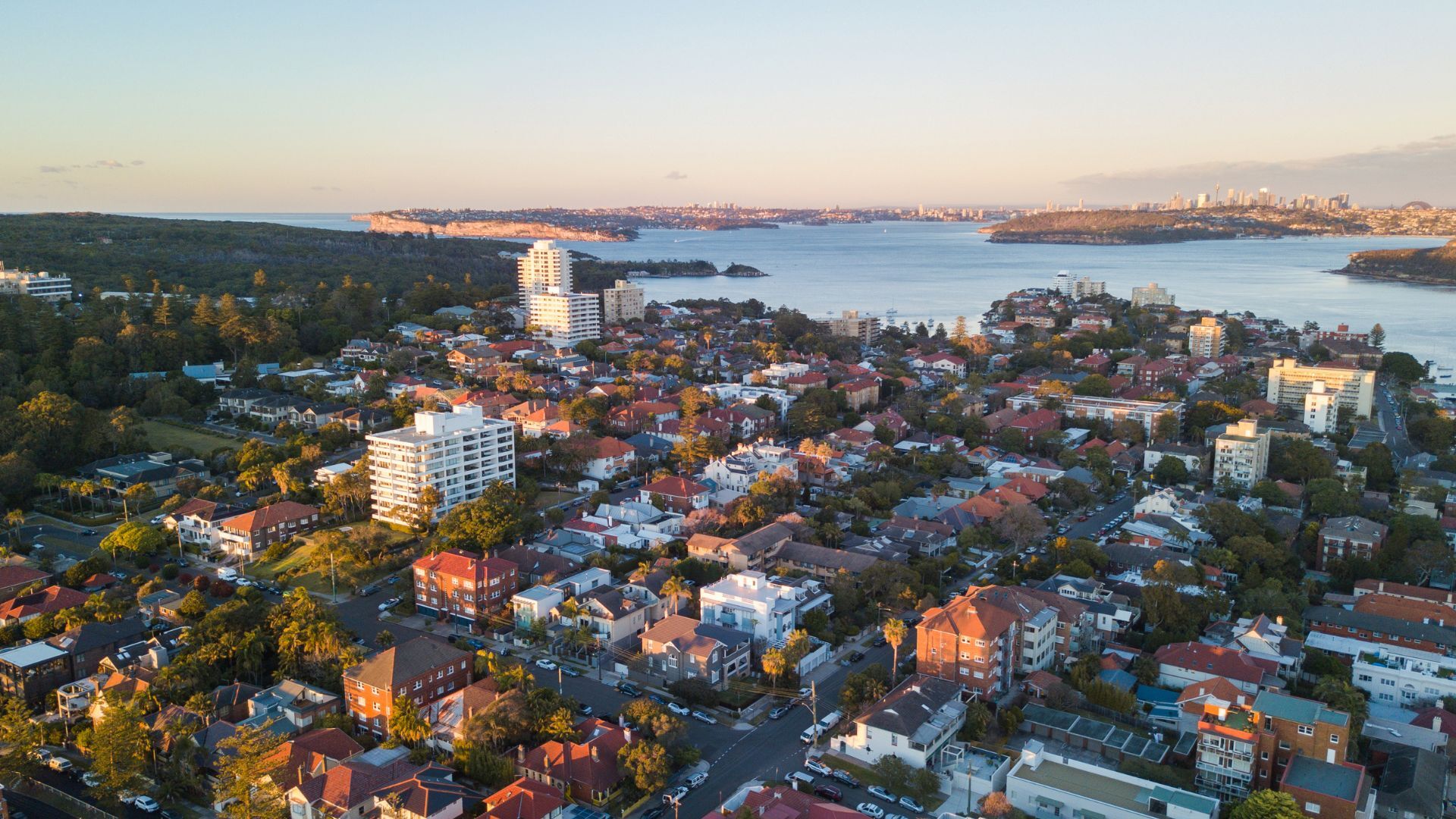
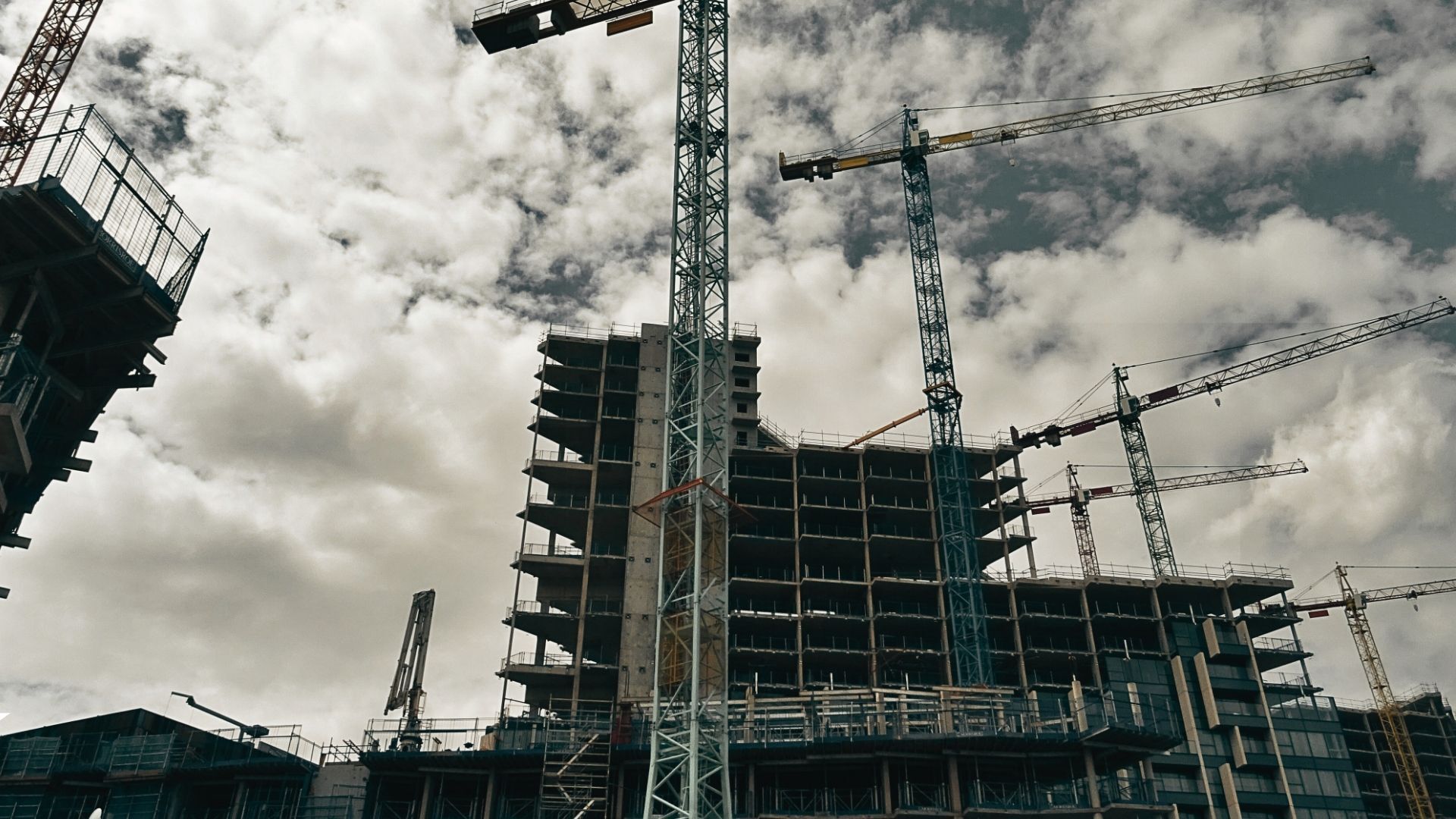
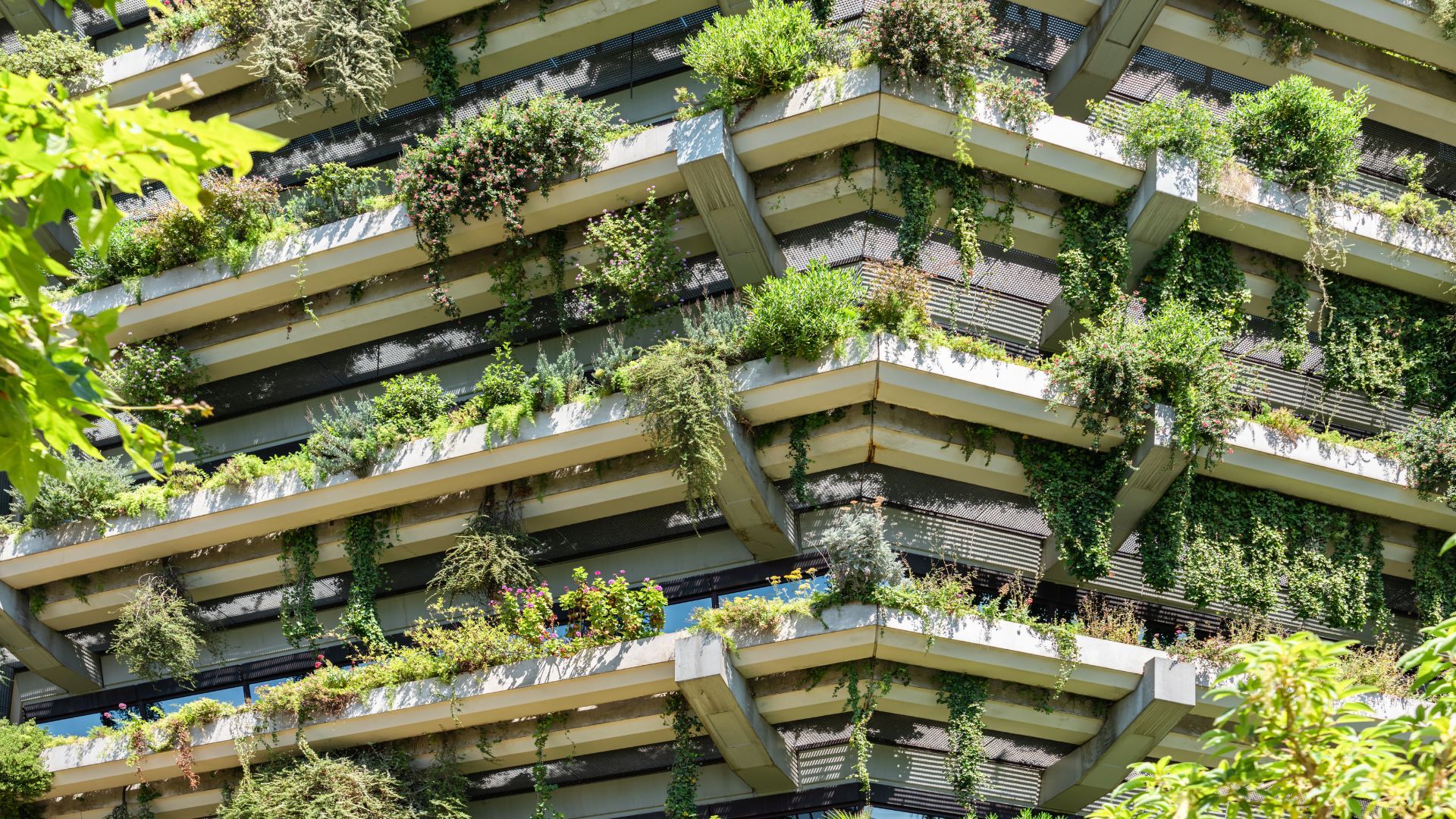
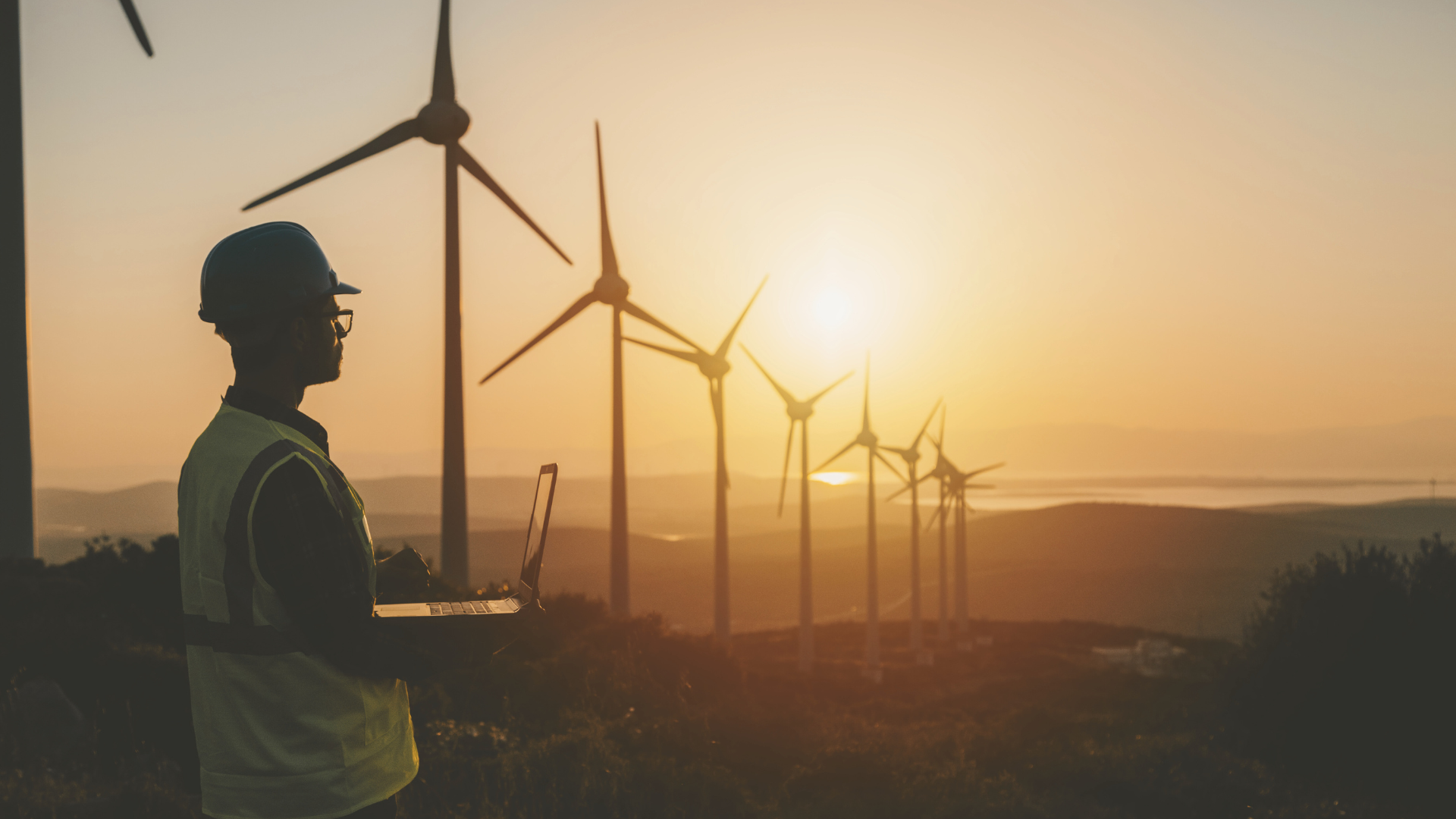
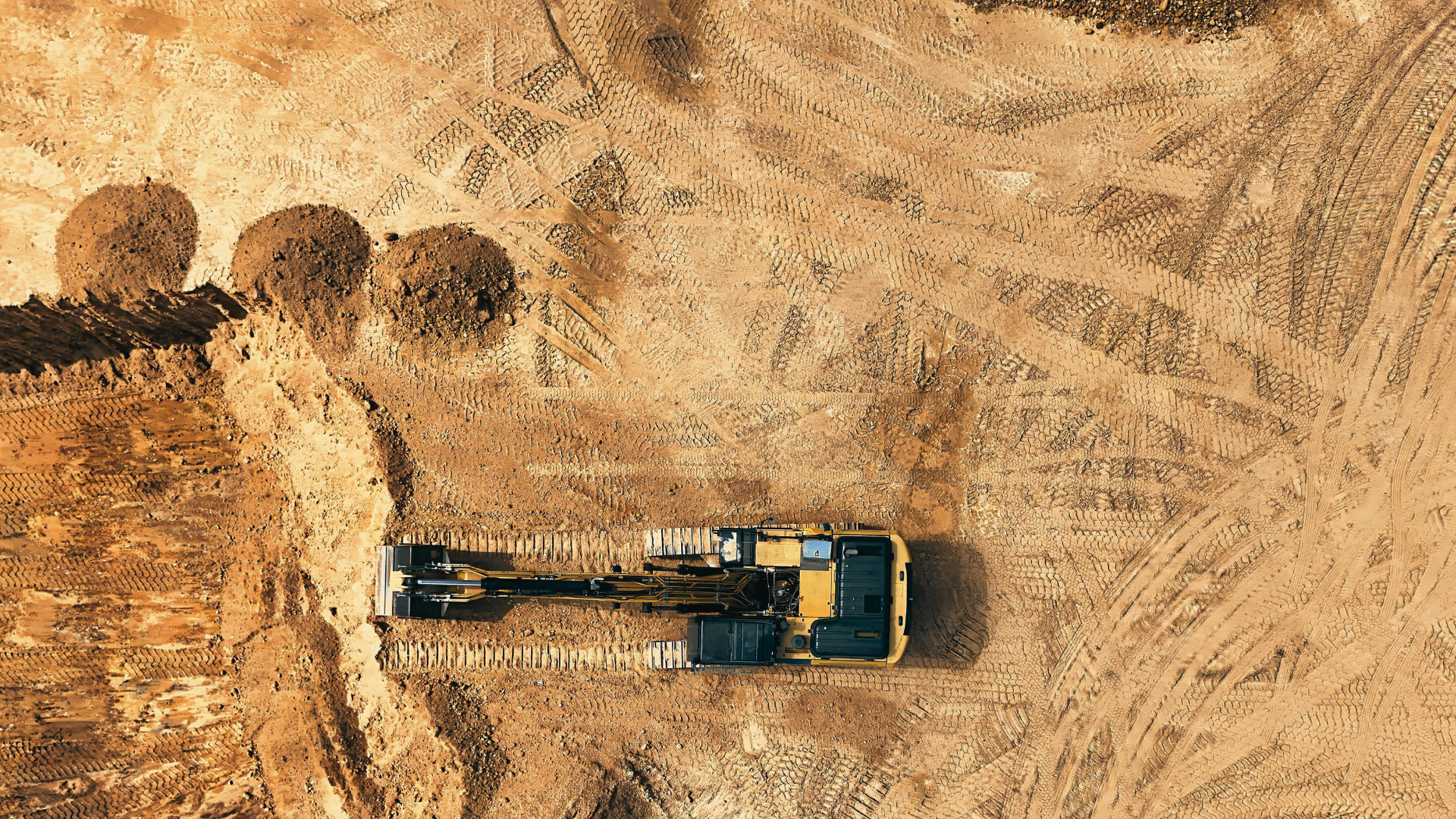
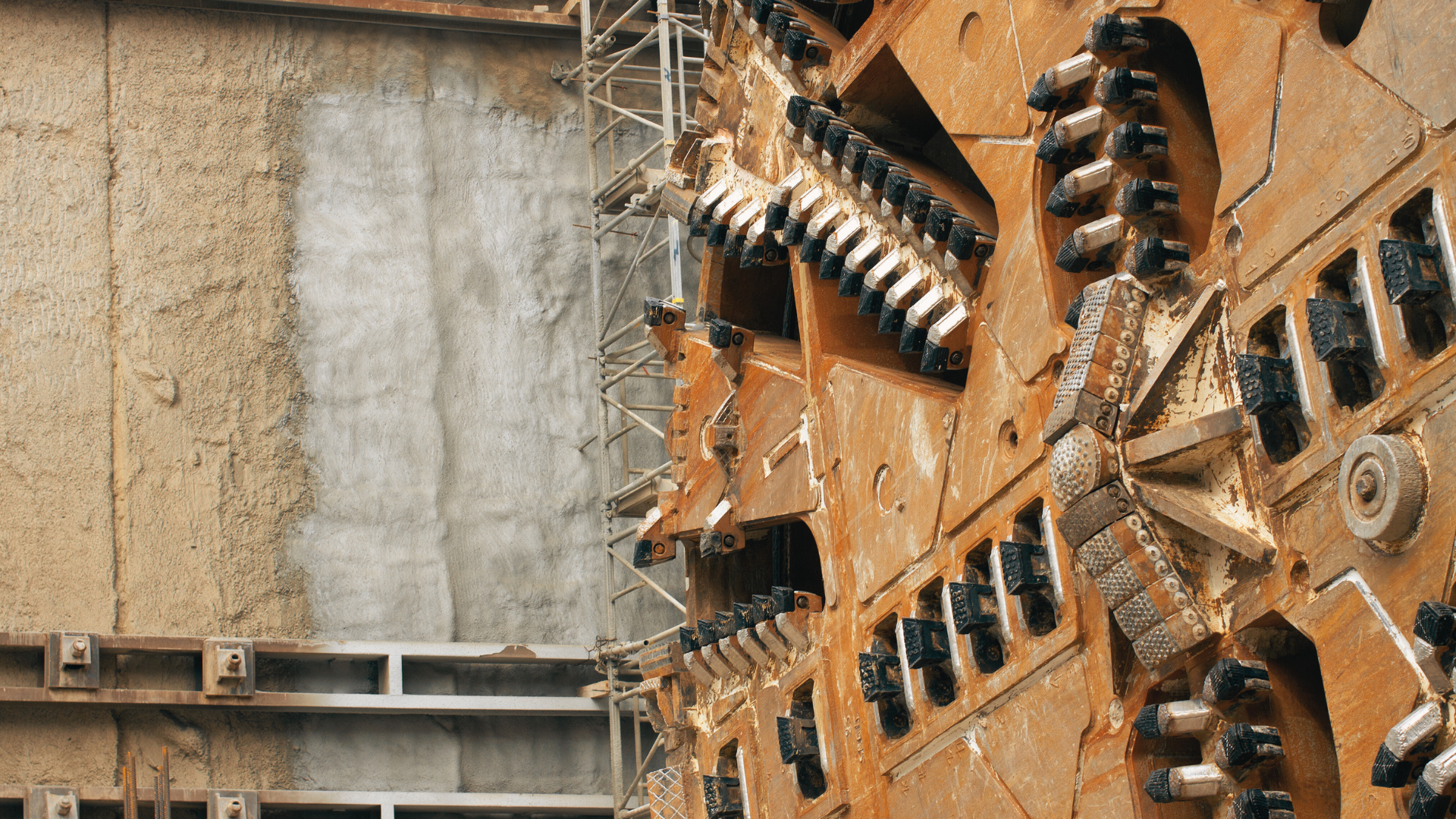
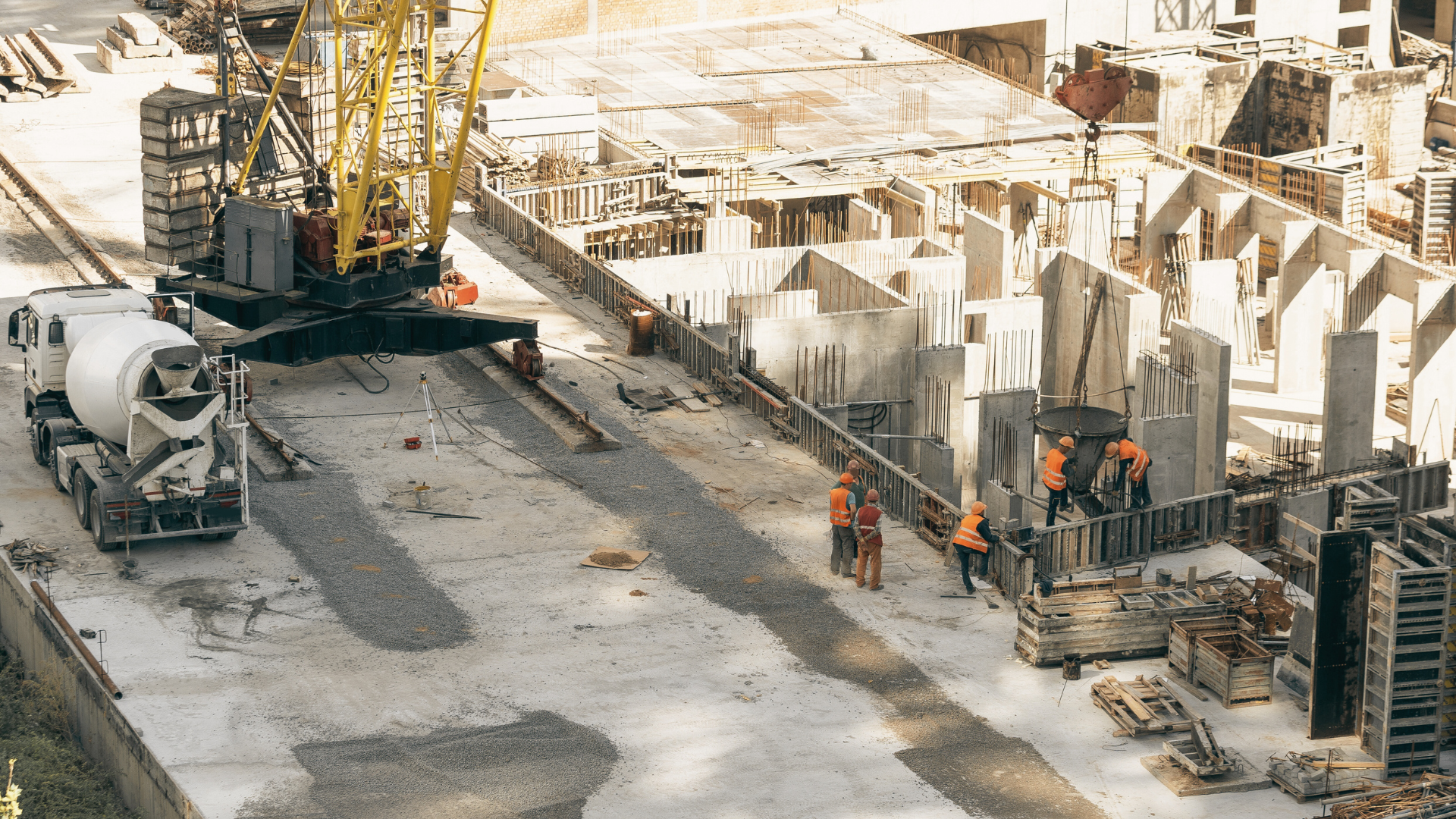
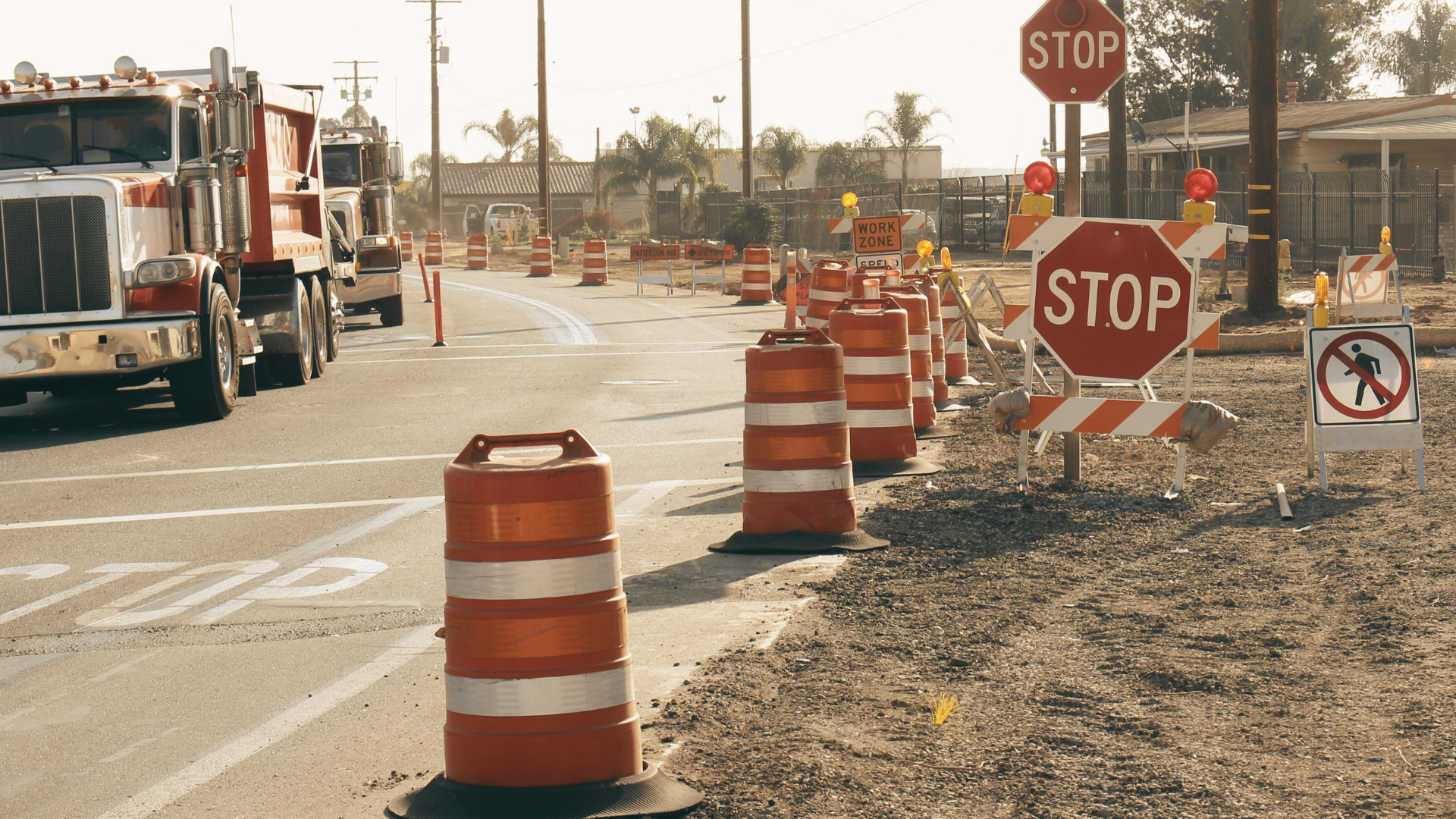
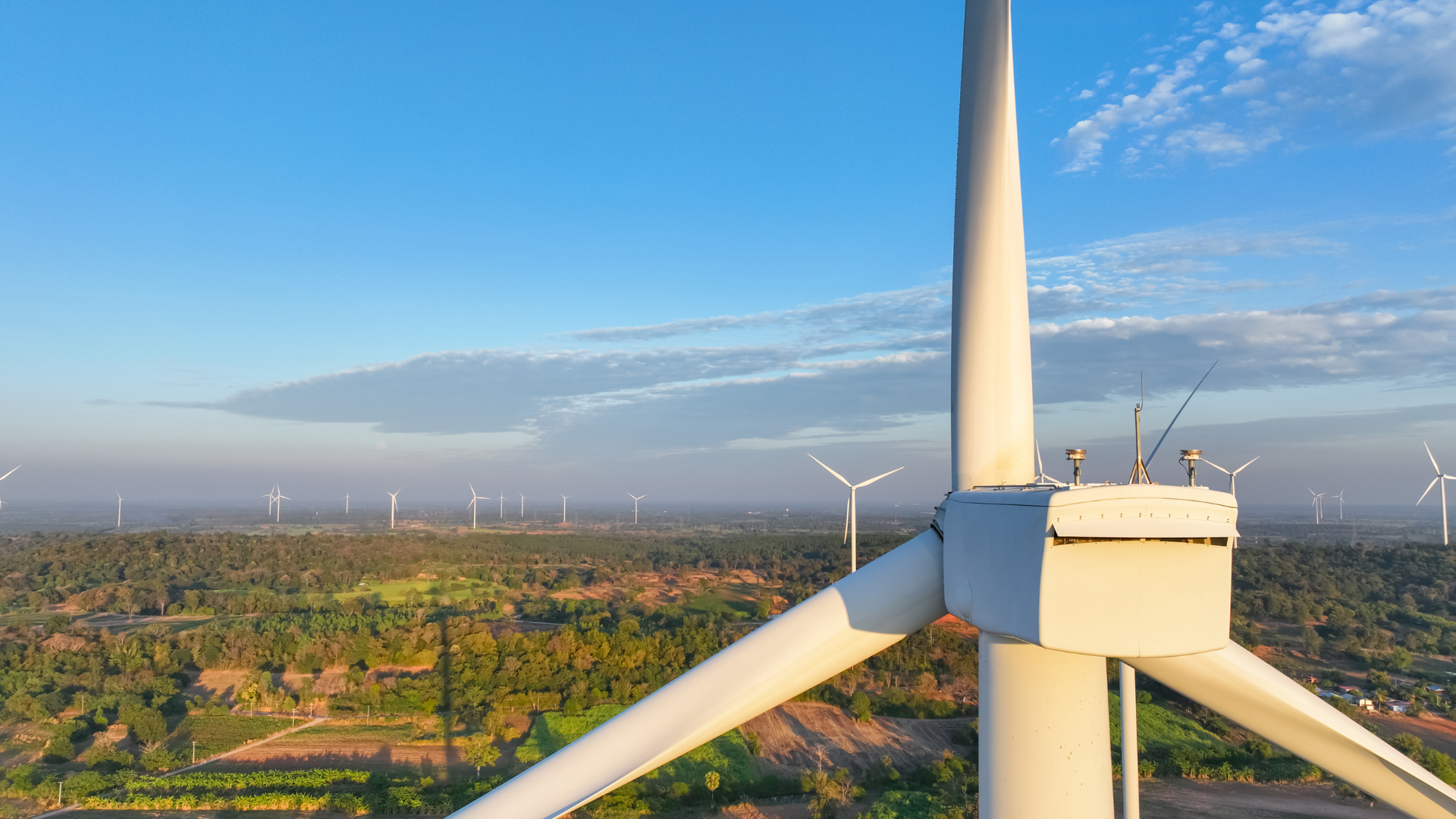
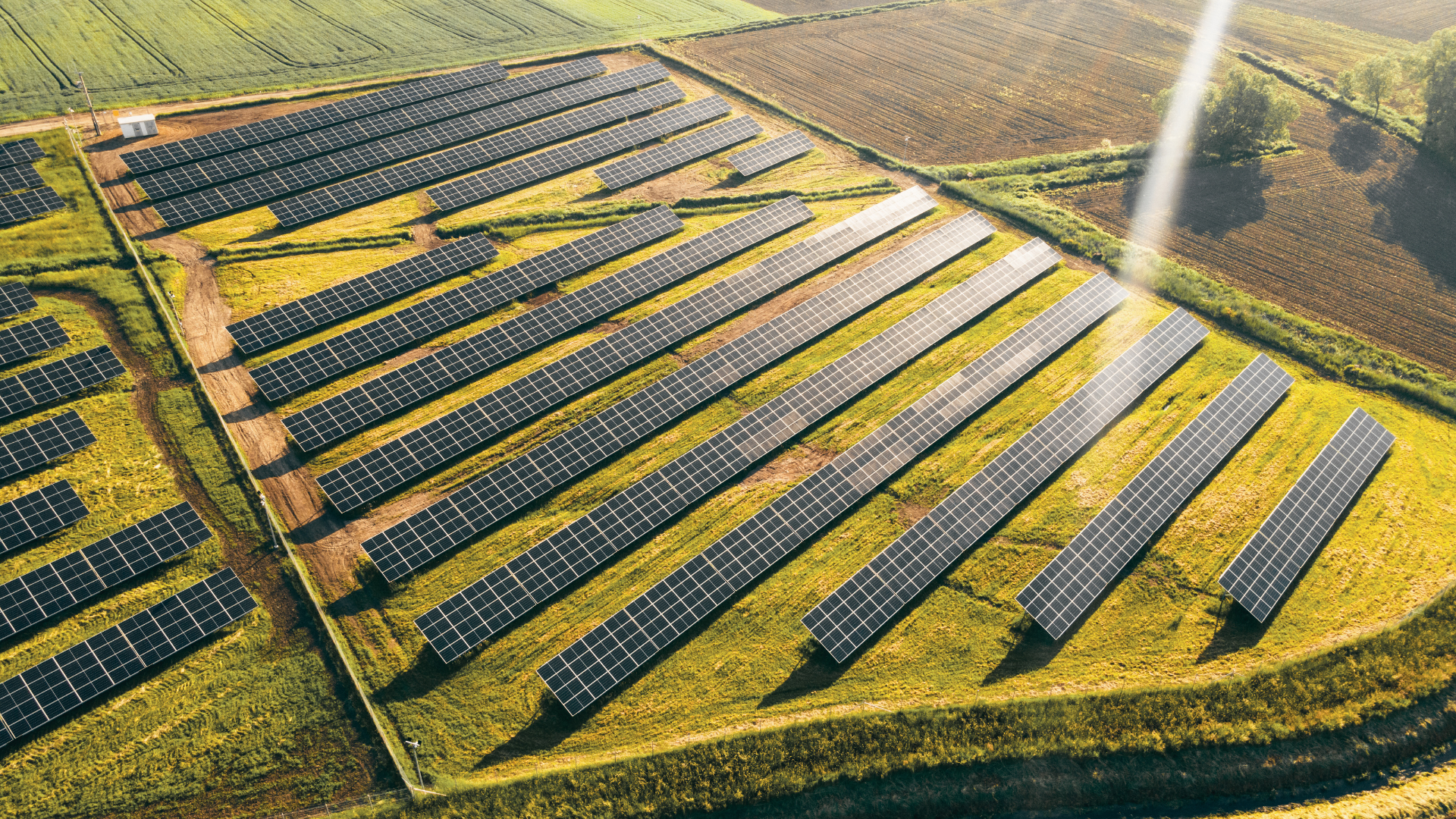
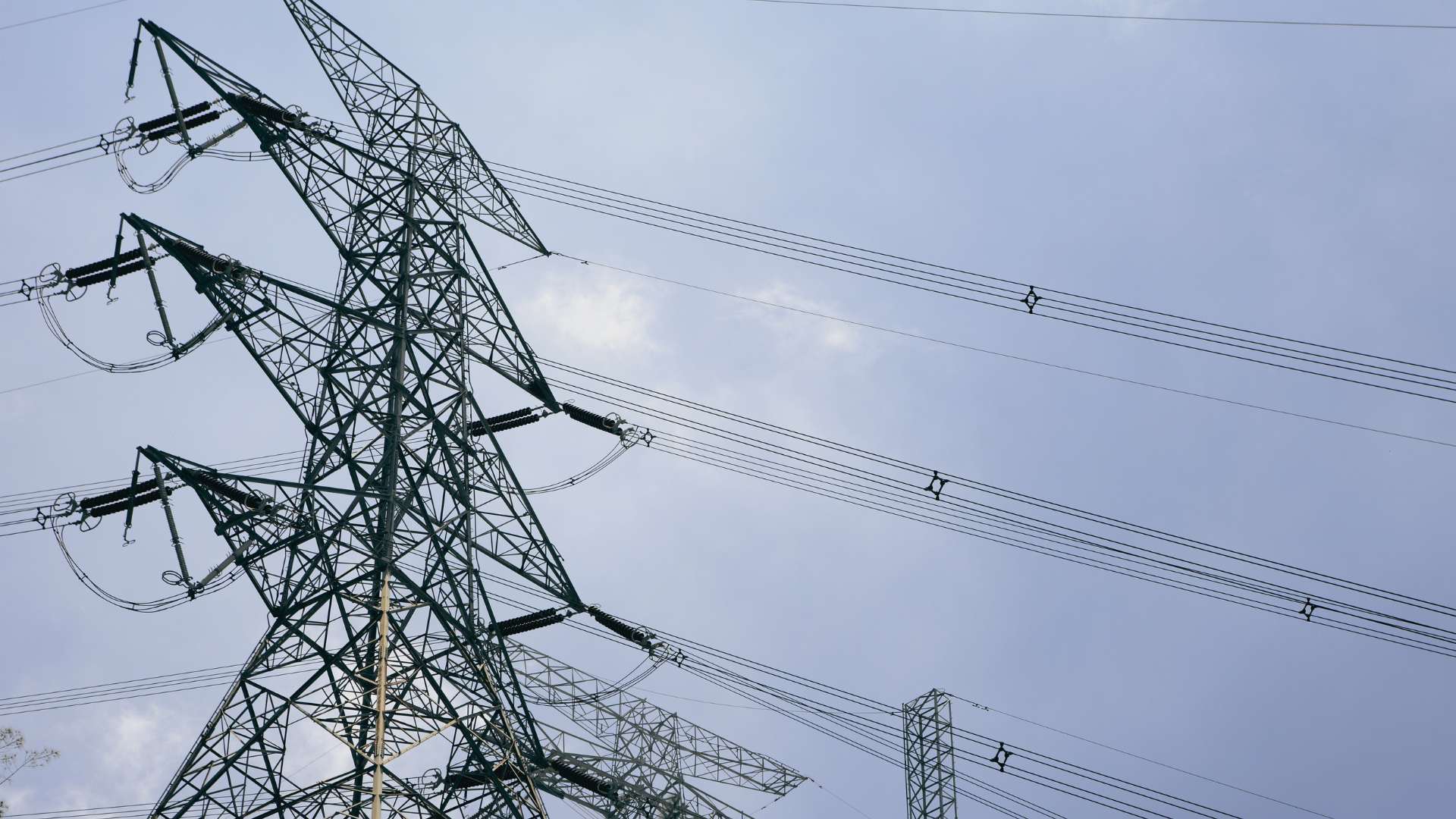
-1.jpg)
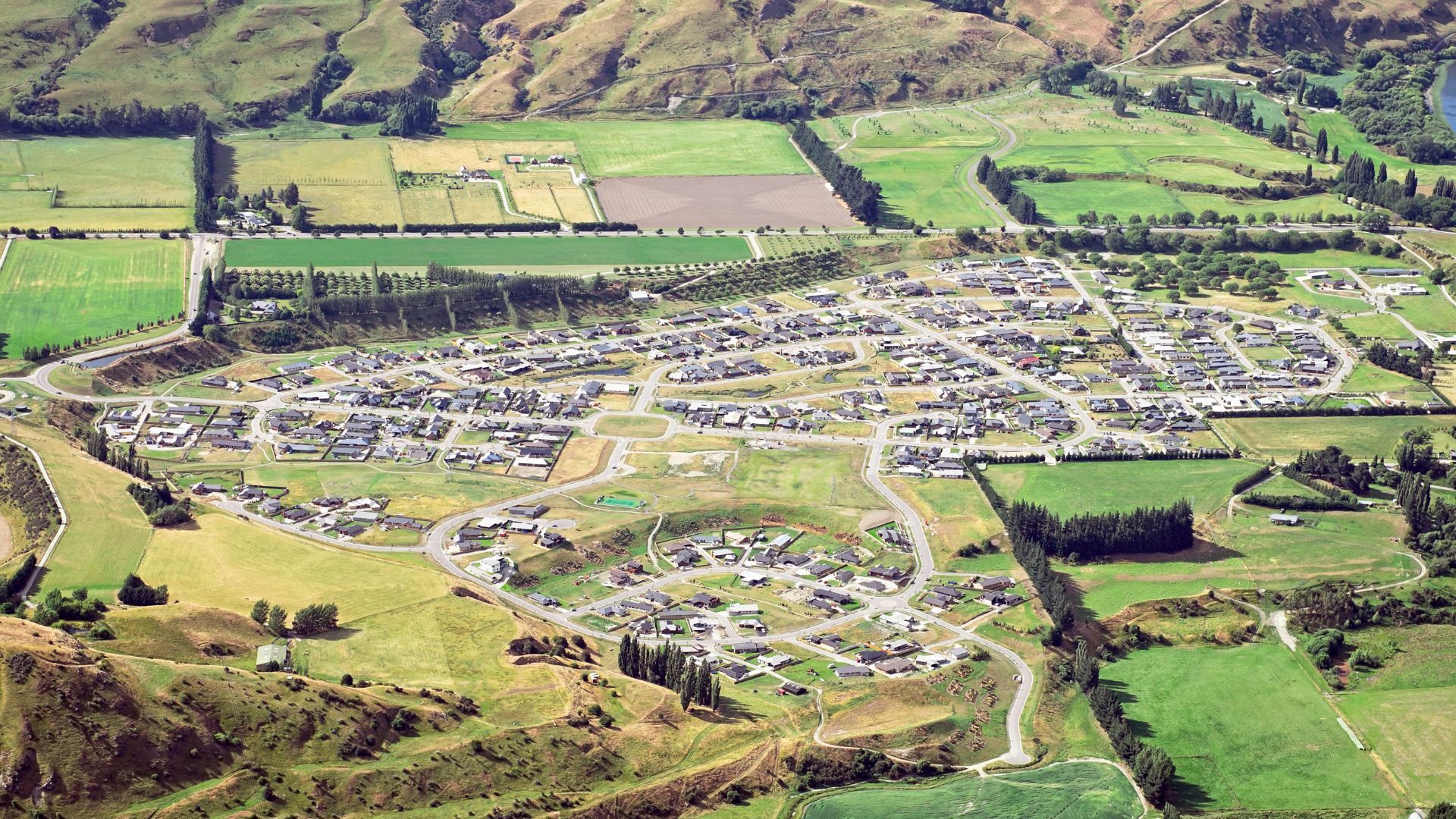
.jpg)


